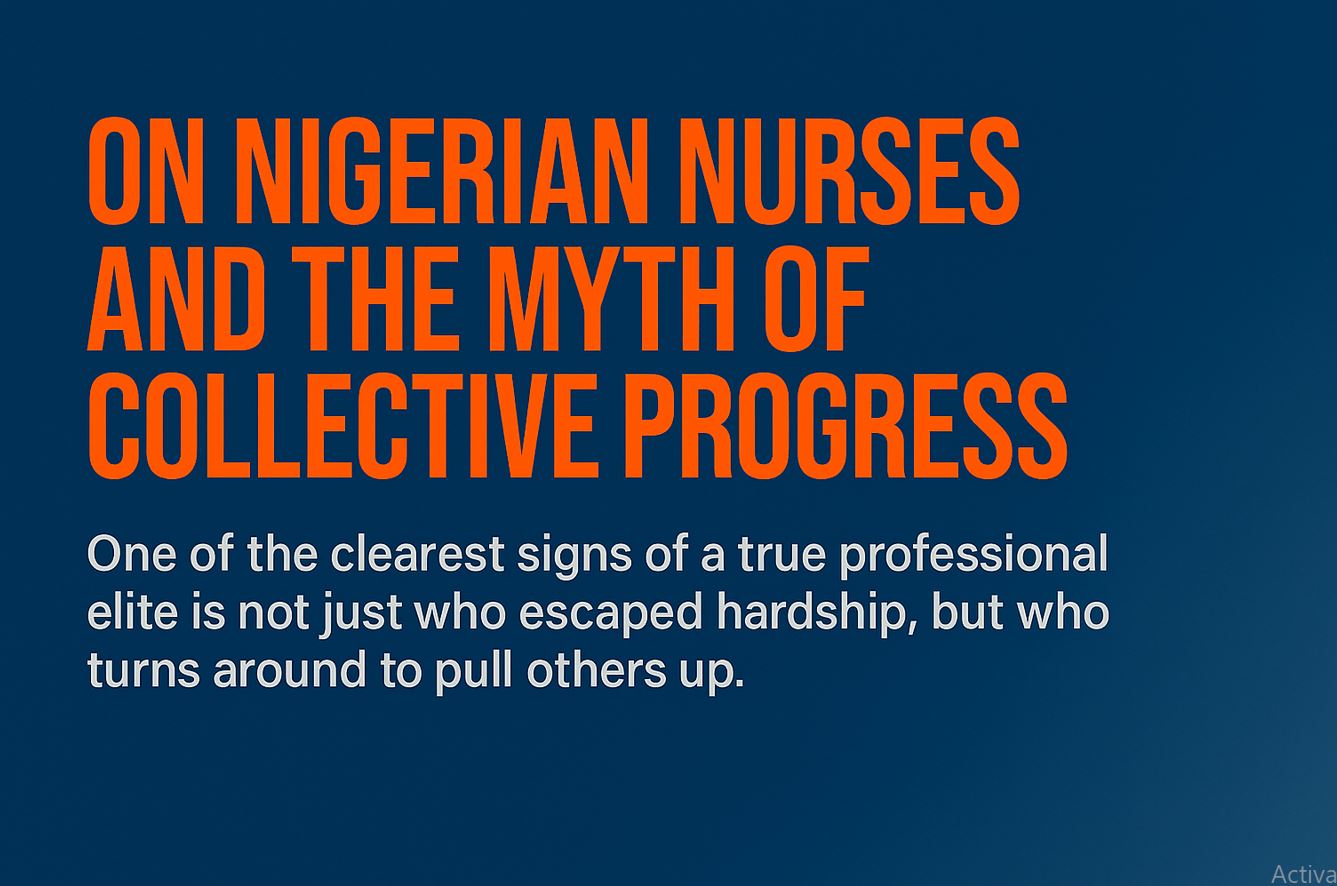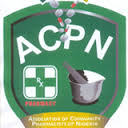The Institute of Human Virology Nigeria (IHVN) and the International Research Centre for Excellence (IRCE) have called for a multisectoral approach to reduce stillbirths in the country.
Stillbirth is the loss of a baby after 28 weeks of pregnancy, before or during delivery and Nigeria has the second highest rate of stillbirths in the world with 42.9 per 1,000 births.
New data shows that about 404,305 stillbirths occurred between 2014 and 2023 in Nigeria, and the majority of the reported cases occurred in the Northwestern part of the country and resulted to a higher burden that is more than twice the national estimate in Zamfara and Katsina States.
Two states, Osun and Ogun out of the 36 states and the Federal Capital Territory (FCT) have currently achieved the targeted stillbirth rate at about/below the 12/1000 total births in Nigeria.
The Project Principal Investigator, IHVN/IRCE, Mrs Oghome Emembo, who spoke to The Guardian on the Improving Nigeria’s Capacity to Use Data on Registered Stillbirths for Decision-making & Planning (SPEED) Project, disclosed that poor antenatal care habits and social-cultural factors can contribute to the high rate of stillbirth in the country.
She noted that research conducted under the project showed that during the insurgence in Zamfara State, which has the highest stillbirth rates at 53 per 1000 live births; a lot of women did not have access to quality antenatal, maternal and childcare.
She said: “The insecurity in that state led to poor access or lack of access to healthcare facilities. Other driving causes of stillbirth are social and cultural factors and economic factors that have to do with financial capacity and resources to be able to pay and afford good services, obstetrician and antenatal care.
She noted that the stillbirths’ quantitative data analysis is important to improve evidence-based decision-making towards the reduction of preventable stillbirths in the country.
Emembo stated that the implications of not checking stillbirths are that Nigeria may find herself in a demographic transition with a higher ageing population and a lower working age group.
She said the Federal Ministry of Health currently has a programme ‘Making Babies Breathe’, which is a capacity-building programme that is training maternal health care service providers to resuscitate babies to ensure proper antenatal care, babies are born safely, and health outcomes are positive.
She emphasized that the stillbirth rate (SBR) is 24/1000 total births in Nigeria and is currently twice the expected target per Every Newborn Action Plan (ENAP) global target of 12/1000 total births by 2030.
Emembo projects that Nigeria may achieve the ENAP target by 2027-2030 if concerted efforts towards reducing SBR are intensified across the region, particularly the northwest.
She explained that the Improving Nigeria’s Capacity to Use Data of Registered Stillbirths for Decision-making (SPEED Project) is a Bloomberg Philanthropies Data Four Health Initiative funded project, collaborating with the Federal Ministry of Health (FMoH) to translate stillbirths’ data for policy impact.
SOURCE: GUARDIAN NEWSPAPER




